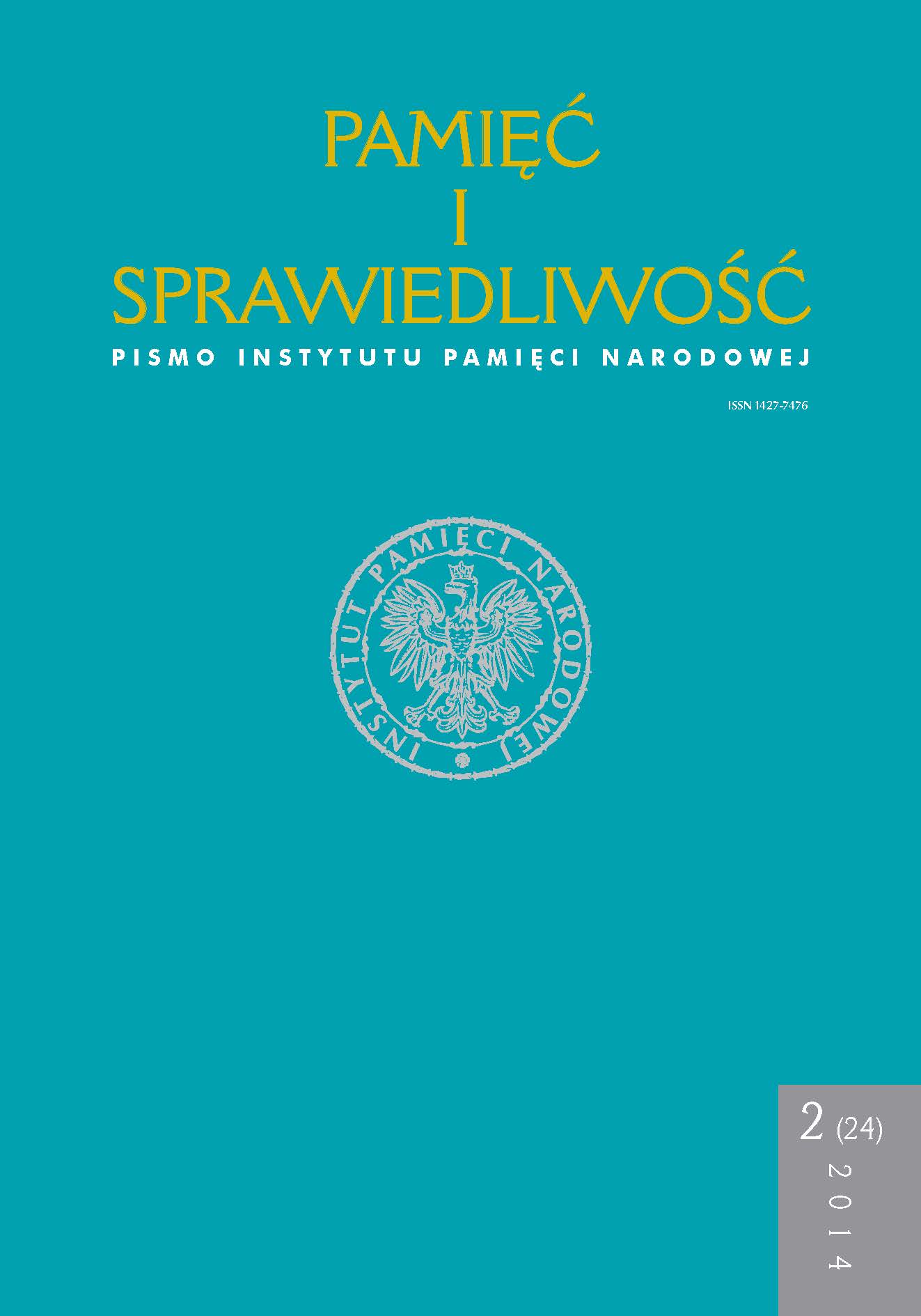Powojenne rozliczenia w Czechosłowacji 1945–1948. Proces prawny i tło polityczne
Pamięć i Sprawiedliwość, Том 24 № 2 (2014), pages: 253-282
Publication date: 2014-12-30
Аннотация
The basis for the settling of accounts in Czech lands was President Edvard Beneš’s decree
adopted on 19 June 1945. colloquially referred to as the “Great Retribution Decree”. The
decree served as a basis for the creation of 24 Extraordinary People’s Courts. As a
supplement to the retribution laws, the so-called “Small Retribution Decree” was passed.
Retribution courts were established against the background of spontaneous
retributions taking place in the spring of 1945. A lot of German soldiers and civilians, as well as
Czechs accused of collaboration with the enemy fell victim to wild retributions (sometimes
in the form of lynches).
The “Great Retribution Decree” ceased to be effective on 4 May 1947, marking the end
of Extraordinary People’s Courts which had passed judgement on more than 21,000
people. The EPC in Prague judged many German war criminals, e.g. Karl Hermann Frank
and Kurt Daluege. Separate legislative measures were adopted to judge high ranking
officials of the Protectorate of Bohemia and Moravia. Based on a decree passed by President
Benes, the National Court (Narodní Soud) was established.
Since the beginning of retributions, the authorities in Prague were faced with the need to
set apart the process of retributions and the displacements of Germans from
Czechoslovakia. Based on the legal solutions adopted, bringing to justice a lot of people, particularly
Sudeten Germans, for what they had done was blurred by the post war displacement process.
The retribution process taking place in Slovakia was also unique. The retributions were
based on a decree passed by the Slovakian National Council on 15 May 1945. As opposed
to what happened in the Czech part of the country, the Slovaks distinguished a few
categories of the accused, depending on their nationality. The National Court (Národný Súd)
was established in Bratislava. It is before this court that the famous trial was held against
reverend Jozef Tiso, the former president.
Having taken over the power in Czechoslovakia in February 1948, the communists
decided to reactivate the Extraordinary People’s Courts. As opposed to the first phase
of retributions, the “second retribution” was supposed to be based on a vague notion of
“people’s justice”. The objective of the new government was to use the retribution process
to discredit their political opponents. Similar measures aimed at instrumentalisation of
the retributions had been adopted by Czech and Slovak communists even before the coup
d’état of February 1948.
Наиболее читаемые статьи этого автора (авторов)
- Łukasz Jasiński, Okręgowa Komisja Badania Zbrodni Hitlerowskich w Gdańsku w latach 1965–1989. Geneza i działalność , Pamięć i Sprawiedliwość: Том 21 № 1 (2013)
 Język Polski
Język Polski
 English
English
 Deutsch
Deutsch
 Français (France)
Français (France)
 Italiano
Italiano
 Русский
Русский


 PDF (Język Polski)
PDF (Język Polski)
